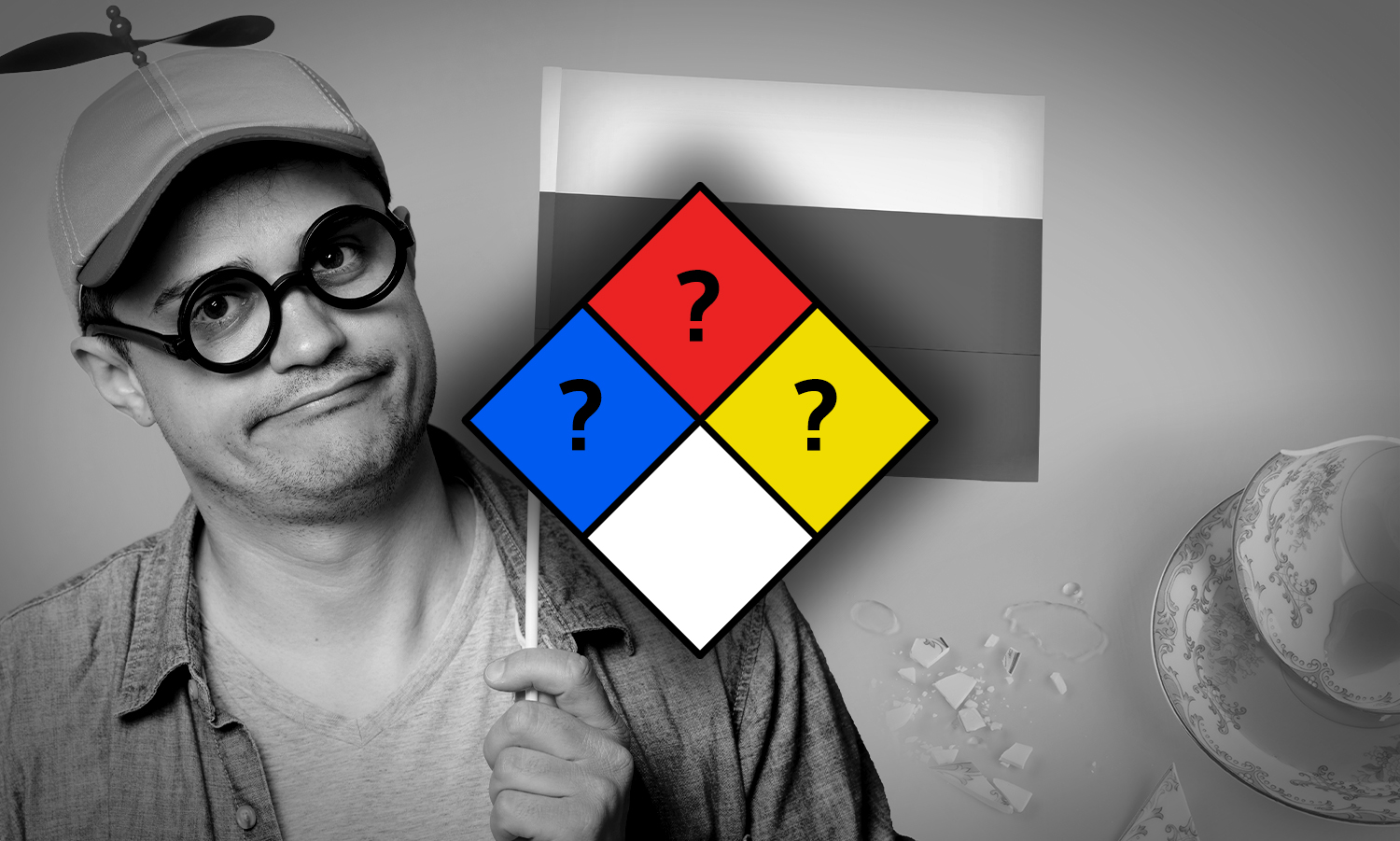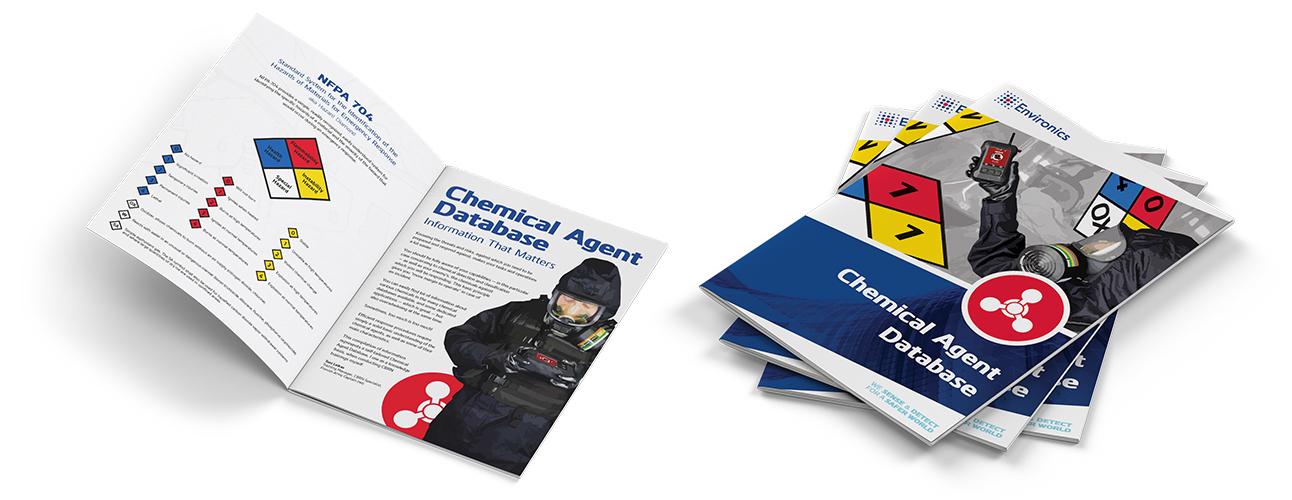Newcomer, Novice, Newbie, Noob!

Historical background of Novichok
Novichok agents were developed in Cold War-era weapons program code-named Foliant, in the former U.S.S.R. The program aimed at developing new chemical agents that could not be stopped by NATO’s soldiers’ personal protection equipment (at that time), that were safer to handle and undetectable with conventional detection methods. It also aimed for developing binary agents, which were extremely stable and toxic nerve agents, that didn’t violate the Chemical Weapons Treaty.
Dr. Vil S. Mirzayanov, the Chief of the Department of Counteraction against Foreign Technical Intelligence at the Russian State Union Scientific Research Institute for Organic Chemistry and Technology (GosNIIOKhT), authored a report in 1994 of a secret Soviet chemical weapon program to develop Newcomer agents. The first three of these were Substance -33, A-230 and A-232. The structure of these substances and synthesized agents was like normal nerve agents. Novichok-5 was synthesized off based on A-232 structure, being the first binary type of Newcomer agents in year 1989. During this “pesticide research program” hundreds of Novichok agents were synthesized but only Substance-33, A-230, A-232, A-234, Novichik-5 and Novichok-7 are known to be weaponised. Most weaponised Novichok agents are believed to be binary.
Binary agents are chemical weapons normally based on two simple and “safe” precursor chemicals that are mixed before deployment or mixing during missile or ammunition “flight path”. When combined, the nerve agent would become active and extremely deadly.
The use of Novichok agents is only reported and attributed to the former U.S.S.R and Russia Federation. The two first reported cases were related to the development of Novichoks.
On summer 1982, in Shikhany, during Foliant-program experimentation, lieutenant Vladimir Petrenko. “Immediately the breath caught, as if struck or at once pumped air out of the lungs”.
In 1987, Andrey Zheleznyakov from GosNIIOKhT while working in the laboratory.
“…a leak occurred, possibly due to a poor connection in the hose. Andrei got dark in his eyes, he understood everything, immediately left the cabinet and said: “Guys, I think I’m in trouble”.
On March 4th 2018, in Salisbury when two Russian GRU officers tried to assassinate ex-KGB agent Sergey and his daughter Julia Skripal. Their house’s main door handle was treated with Novichok. They survived the murder attempt. “We were very fortunate that we survived this assassination attempt. The process of recovery was slow and very painful “.
Related this murder attempt, on June 30th 2018, in Amesbury (next to Salisbury) Charlie Rowley found a bottle of perfume and gave it to his girlfriend Dawn Sturges. Rowley was discharged from hospital, Sturges died on July 8th. “It was an oily substance. I sniffed it, but it smelled of perfume. The hands felt oily “.
In Tomsk, Russia, on 20th August 2020. Russian opposition leader Alexei Navalny affected by Novichok. “The Organization for the Prohibition of Chemical Weapons (OPCW) said on Tuesday (6th Oct 2020) that samples from Russian opposition leader Alexei Navalny confirmed “the presence of a nerve agent” in the Novichok family.
Novichok agents are not specifically listed in the Chemical Weapons Convention (CWC 1997) because they became public after the treaty negotiations had been concluded. CWC places a general prohibition on the manufacture of any toxic chemical intended to be a weapon, be it past, present, or future. Russia now faces questions about its involvement in the Novichok attacks, and whether it has violated the Chemical Weapons Convention or not.
Commercial use
Novichok has no use for peaceful purposes in commercial or industrial trades. The only known use of Novichok is as a clandestine chemical warfare agent. Precursor chemicals had legitimate industrial use.
Symptomatology
Novichok is classified as fourth generation Nerve agent in military classification, according to its effects in humans. This V-series nerve gas is colourless, tasteless, and odourless, in normal ambient temperature. Novichok agents are available in liquid form, but they can be converted into a dusty formulation by adsorbing droplets into a solid carrier like silica gel, talk, fuller’s earth or pumice. Novichok-5 is 8 times more effective than VX, and Novichok-7 is 10 times more effective than Soman. Novichok-5 and Novichok-7 are reported to act very rapidly, penetrating the skin and respiratory system. Symptoms range from sweating and twitching to seizures and an inability to breathe.
Novichok is even less volatile than VX-nerve agents, which means it is the slowest to evaporate from liquid form into vapour. It is a non-volatile compound (NVOC) and highly persistent. Its vapour pressure is 5 to 10 times lower than VX.
Exposure to Novichok agents is fatal unless aggressively managed. Exposure symptoms are pinpoint pupils, runny nose, breathing difficulties, convulsions, sweating, nausea, vomiting, seizures, loss of consciousness, or even death. It is likely that there will be long-term neurological problems for a person who has been exposed to Novichok.
Response
Decontamination is important to prevent continued exposure, both to the patient and to emergency response staff. Clothing exposed to nerve agents can emit trapped vapours for up to 30 minutes. In the case of Novichok agents, hydrolysis produces hydrofluoric acid, hydrochloric acid, hydrogen cyanide, and downstream oximes that can continue to produce cholinergic effects to the exposed individuals.
As low volatility nerve agents, Novichoks are highly persistent, pose a significant cross-contamination hazard, do not easily evaporate, are unlikely to present vapor hazard, and are most likely to be encountered as a liquid.
Early recognition may be extremely challenging due to the possibility of delayed onset of symptoms for up to 3 days after exposure.
Because of its characteristics, Novichok is more challenging to detect than other chemicals. It has extremely low vapour pressure, it evaporates even less readily than VX, and it’s highly persistent. Chemical detection paper may be useful in detecting liquid Novichoks. Detection failure does not mean that Novichoks are not present.
Novichok does not have official evacuation, isolation, and hazard prediction guidance and distance, so VX information serves as a good example to follow.
Leave area and evacuate the exposed people into fresh air. Even though the vapours will degrade fairly rapid, the liquid can persist on surface up to weeks.
Remember that Novichok is heavier than air so it will accumulate in lower terrains, and settle in lower levels, or utility corridors inside the buildings. For First Responders the protection level in an unknown situation is highest level.
In a small spill or leak (less than 200 litres) the initial isolation distance in all directions is 30 meters, and the protection distance during day or night is 0,1 kilometres. In a large spill/leak (more than 200 litres) the isolation area is 400 meters in all directions, and the protection distance during day is 0,4 kilometres, changing to 0,3 kilometres during night.
The following indicators are common to chemical attacks or presence of CWAs; dead animals, lack of insect life, mass casualties, defined pattern of casualties, casualty patterns differentiated by indoor and outdoor location, unusual liquid droplets, areas that look different in appearance, unexpected odours, low lying clouds and unusual metal debris.
All indications — smells, people’s symptoms — are clues to be taken into account with detection equipment, providing data to classify and identify the chemical, and to start response actions and first aid measures.
Did you know this about Salisbury Novichok case?
Putting it into some figure numbers, over 7000 samples were taken to analyse, contaminated waste was collected in 28 shipping containers, and 530m3 of waste was sent for incineration.
Would you like to know more?

Get your own issue of the “Chemical Agent Database – Information
That Matters” and gain access to extra content!
Interesting and useful article.
Thanks to the author!